How to Paint Walls: Your Complete Guide to Professional Results
Table of Contents
Learning how to paint walls properly can completely transform your living space without a huge cost. Whether you’re a first-time homeowner or a DIYer, mastering wall painting techniques opens up endless possibilities for personalizing your home. This comprehensive guide will guide you through everything from choosing the perfect paint to preserving your freshly painted walls for years to come.
Painting walls may seem simple, but there’s definitely an art and science to achieving professional results. We’ll cover essential tools, preparation steps, common mistakes to avoid, and expert tips contractors use to achieve flawless finishes. By the end of this guide, you’ll have the confidence to tackle any room in your home and create the beautiful, cohesive spaces you’ve always dreamed of.
Types of Paint Finishes
Understanding the different types of paint finishes is crucial to achieving the right look and durability for each room. The sheen level impacts both appearance and function, so choosing wisely can make or break your painting project.
The flat/matte finish provides maximum coverage of imperfections and creates a sleek, non-reflective surface. It is ideal for bedrooms, dining rooms, and low-traffic areas. However, flat paint can be difficult to clean and may show signs of wear more easily than other finishes.
The eggshell finish provides a subtle sheen that is more durable than flat paint while concealing minor wall imperfections. This versatile option is ideal for living rooms, hallways, and family rooms where you need a balance between style and functionality.
The satin finish offers excellent durability and ease of cleaning, making it ideal for high-traffic areas, children’s rooms, and kitchens. The subtle sheen reflects light beautifully without being overly shiny, although it may highlight wall imperfections more than more superficial finishes.
The semi-gloss and gloss finishes offer maximum durability and moisture resistance and are ideal for bathrooms, kitchens, trim, and doors. These finishes are extremely easy to clean, but they will highlight every imperfection on your walls, so proper preparation is essential.
Best Paint Colors for Every Room
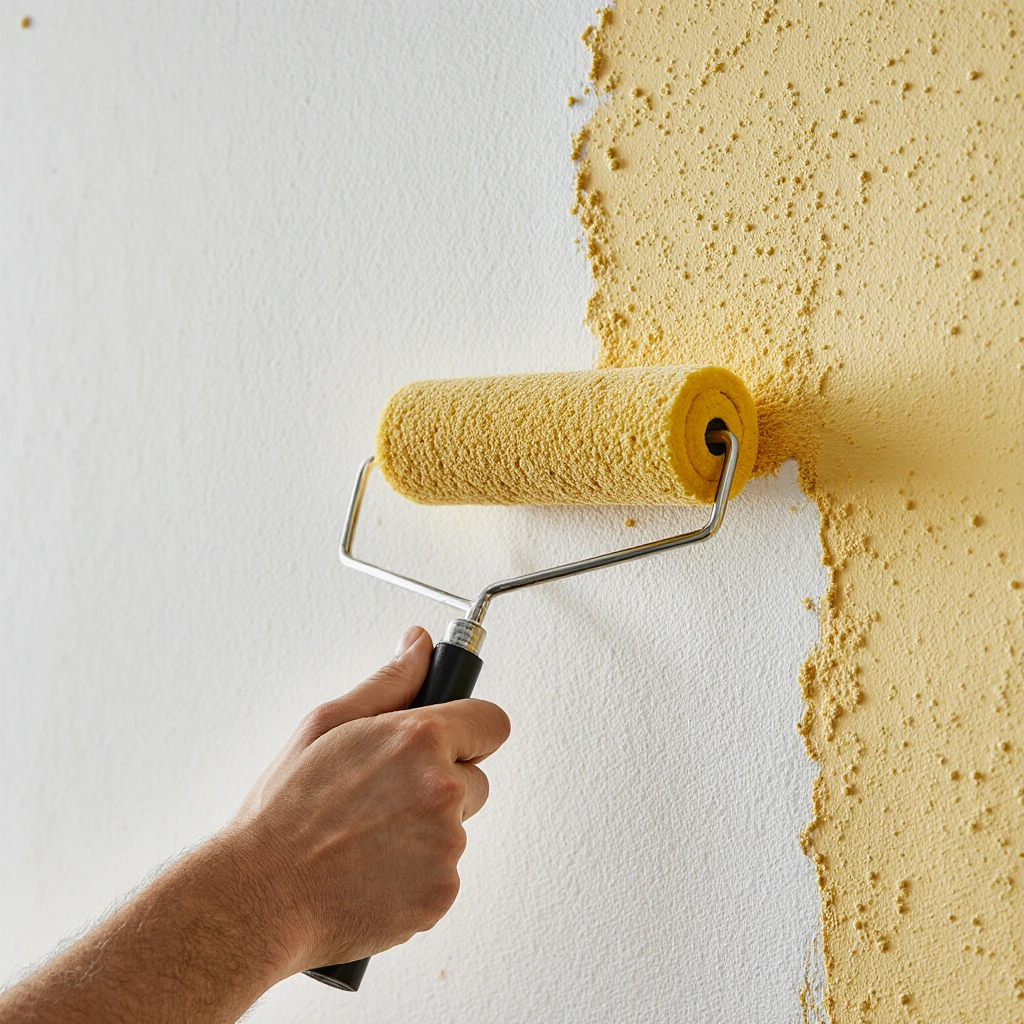
Choosing the right colors for each space in your home requires an understanding of personal preferences and color psychology principles that can impact mood and function.
Bedroom colors should promote relaxation and restful sleep. Calming blues, soothing greens, warm grays, and soothing lavenders create a calming atmosphere. Avoid bright reds or energizing oranges in bedrooms, as they can disrupt your natural sleep cycle. For master bedrooms, consider elegant neutrals like light gray or soft beige, which create a serene, hotel-like atmosphere.
Kitchen colors should strike a balance between warmth and cleanliness. Warm whites, soft yellows, sage greens, and light grays create a wonderful atmosphere for cooking rooms. These colors make the space feel larger and cleaner, while still being inviting for family gatherings. Bold walls in dark colors, such as navy or forest green, add a touch of personality without overwhelming the space.
Bathroom colors: These should exude a sense of freshness and vitality. Soft blues, soft greens, crisp whites, and light grays create a fresh, clean atmosphere. These colors also accommodate the natural humidity of bathrooms and won’t show water spots as easily as darker colors.
Living room colors: These offer maximum flexibility, as these spaces serve multiple functions. Warm neutrals, such as taupe, beige, or cream, provide a versatile backdrop for furniture and artwork. For added personality, consider using rich jewel tones, such as deep teal or burgundy, as accent walls, balanced with complementary lighter colors.
Paint Color Combinations and Patterns
Creating harmonious color schemes throughout your home requires understanding how different colors work together and the current design trends that appeal to homeowners.
Neutral colors remain the most popular choice, with combinations such as warm white walls, beige accents, and natural wood tones adding a timeless, contemporary feel. These designs are particularly suited to open spaces where rooms blend seamlessly.
Bold and bold colors are increasingly popular, particularly navy blue paired with crisp white, or rich emerald green with gold accents. These combinations create a sophisticated, hotel-inspired atmosphere that blends modernity with classic style.
Pastel and light colors are ideal for small spaces or homes with limited natural light. Soft pink, pale yellow, and light lavender can make rooms appear larger and more spacious. These colors are particularly popular in Scandinavian-inspired designs, popular throughout Europe, and gaining popularity in American homes.
Seasonal color changes liven up your space year-round. Warm oranges and deep reds for fall, cool blues and whites for summer, fresh greens for spring, and rich burgundies for winter can all be incorporated into accent walls or easy-to-change elements.
DIY Painting Tips
Proper preparation and technique distinguish beginner painting projects from professional results. Following these step-by-step guidelines will ensure your wall painting project exceeds expectations.
Essential tools include high-quality brushes (angled for cutting), roller covers suitable for your wall texture, paint trays, protective drop cloths, painter’s tape, sandpaper, and cleaning supplies. Investing in good tools makes a huge difference in both the process and the final results.
Preparation steps are essential for long-lasting results. Clean walls thoroughly with a degreaser, fill holes and cracks with filler compound, sand rough areas smoothly, and apply a primer where needed. Remove outlet covers and light switch plates, and protect floors and furniture with protective drop cloths.
Painting Technique begins by trimming edges and corners with a high-quality, angled brush. Apply paint in a “W” shape with a roller, then fill in gaps with parallel strokes. Maintain a wet edge to avoid overlapping marks, and apply thin, even coats instead of trying to cover everything with one thick layer.
Pro Secrets include removing painter’s tape while the paint is still slightly damp to prevent peeling, using the appropriate roller coat for the wall texture (1/4 inch for smooth walls, 1/2 inch for textured walls), and planning the paint sequence to work from the ceiling to the walls, all the way to the final finishes.
Detailed Cost and Budget Tips
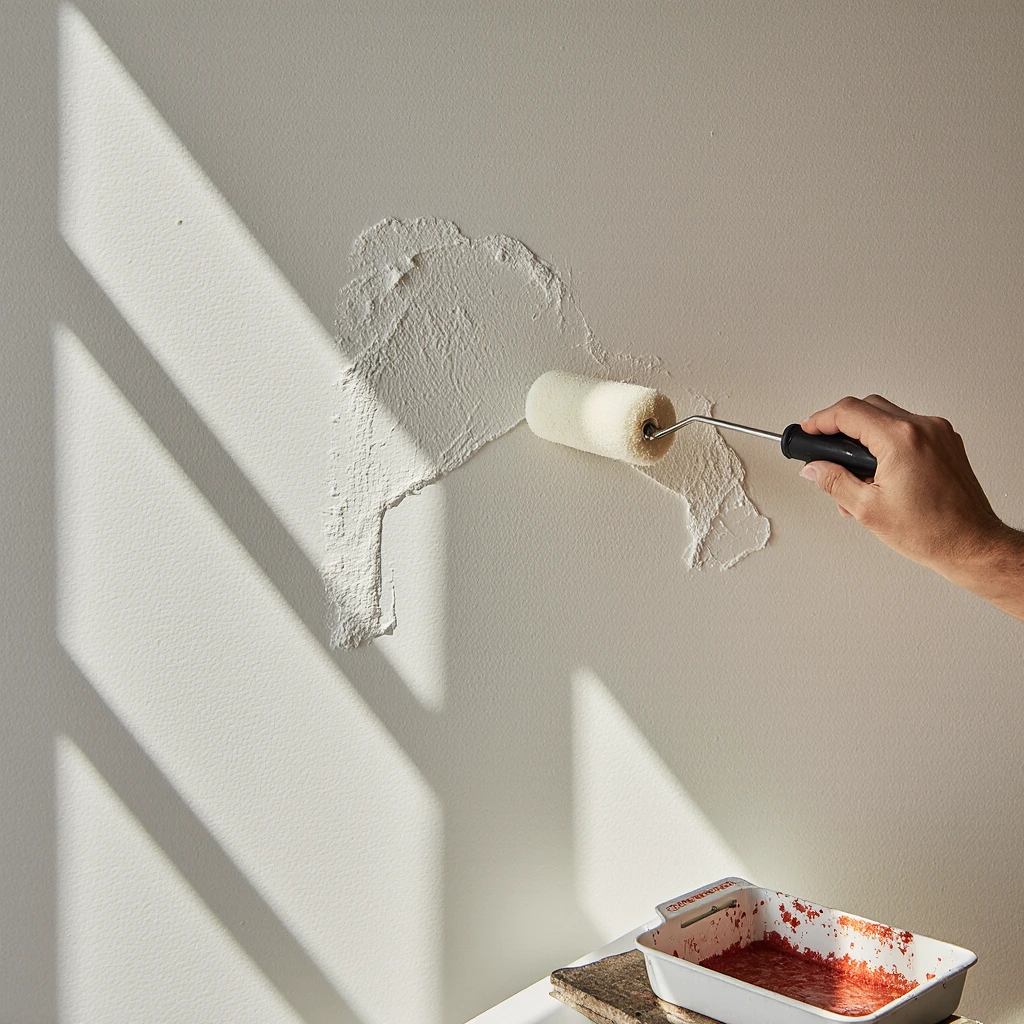
Understanding paint costs helps you budget effectively and make smart decisions about where to spend and save without compromising quality.
Cost estimates vary per room based on size and complexity. A standard 12×12 bedroom typically requires 1 gallon of paint ($60-120 for a high-quality paint), while larger living rooms may need 4-5 gallons ($80-200). Bathrooms and kitchens often cost more per square foot due to the need for specialized paints and additional prep work.
Money-saving strategies include purchasing paint during sales events (often Memorial Day, Labor Day, and Black Friday), purchasing slightly more than necessary to ensure color consistency, and choosing paint and primer combos, which often eliminate the need for separate primer.
Eco-friendly options, such as low- or no-VOC paints, may cost 10-20% more upfront, but they provide better indoor air quality and are often more durable. Some utility companies offer discounts for using eco-friendly paints, which can help offset the initial cost difference.
Invest in Tools: Focus on brushes and rollers, which can be reused for years with proper care. High-quality brushes ($15-30 each) and roller covers ($5-10 each) will deliver better results and last for multiple projects, making them a valuable investment.
Paint Trends and Inspiration
Keeping up with the latest color trends ensures your freshly painted rooms look modern and fresh while maintaining their timeless appeal.
The 2025 color trends embrace both bold accents and muted neutrals. Dark, vibrant blues like navy and navy are popular for feature walls, while warm, earthy neutrals like mushroom and gray continue to dominate major living spaces. These colors reflect our desire for comfort and sophistication in our homes.
Regional preferences show interesting patterns, with coastal areas favoring blues and whites, the Southwest embracing warm terracotta and gray-green tones, and urban areas leaning toward sophisticated grays and blacks. Understanding these preferences can help you make informed decisions, especially when considering resale value. The influence of social media has significantly impacted paint choices, with Instagram and Pinterest fueling a demand for eye-catching colors that look great in natural light. Colors like “cool gray” and “sea salt” have gained popularity, partly due to their popularity on social media and their versatility in different lighting conditions.
Innovative textures and finishes include techniques like color washes, ombre effects, and geometric patterns that add a touch of beauty without the need for wallpaper. These decorative painting techniques are becoming more accessible to DIYers through online tutorials and specialized tools.
Common House Painting Mistakes
Avoiding these common mistakes will save you time, money, and frustration, while ensuring professional results.
Inadequate preparation is the biggest mistake homeowners make. Skipping cleaning, patching, or priming steps inevitably leads to poor paint adhesion, visible imperfections, and a shorter paint lifespan. Taking the time to prepare properly always pays off in the final results.
Choosing the wrong paint includes choosing a matte paint for high-traffic areas, using an interior-exterior paint, or choosing colors without considering the room’s lighting. Always test paint colors in different lighting conditions and choose the right finishes for each room’s function.
Poor technique, such as overusing brushes and rollers, not taking care of wet paint edges, or applying too thick a coat of paint, can cause obvious problems. Practice the correct technique on sample boards before starting your main project and work regularly to maintain even coverage.
Color matching problems often occur when purchasing paint in multiple batches or from different stores. Always buy enough paint from the same batch for entire rooms and keep detailed records of color combinations for subsequent touch-ups.
How to Maintain Painted Walls
Good maintenance prolongs the life of your paint and keeps your walls looking fresh for years to come.
Regular cleaning should use gentle methods that are appropriate for your paint. Matte paints require careful dusting and spot cleaning with a slightly damp cloth, while semi-gloss and gloss paints withstand more vigorous cleaning using mild soap solutions.
Retouching strategies are most effective when you retain paint residue from the original job. Store paint well in tightly sealed containers and test color matches in inconspicuous areas before touching up visible surfaces. Keep records of paint colors and formulations for future reference.
Preventing damage includes using furniture cushions to prevent scuff marks, maintaining proper humidity levels to prevent paint cracking, and treating water spills immediately to prevent stains and peeling.
Professional maintenance products, such as specialized wall cleaners and paint sealants, can significantly extend the life of your paint. These products are especially valuable in high-traffic areas or homes with children and pets.
Conclusion
Mastering how to paint walls opens up endless possibilities for transforming your living space into the home of your dreams. From choosing the perfect finish and colors to applying professional techniques and maintaining the results, every step contributes to creating beautiful, durable walls that add a touch of beauty to your everyday life.
Remember, successful painting projects require patience, preparation, and attention to detail. Don’t rush, invest in quality materials, and take pride in developing skills that will benefit you throughout your homeownership journey. The confidence and satisfaction that comes from completing a beautiful paint job yourself are truly rewarding.
Try these paint ideas in your next home renovation and let us know how it turned out in the comments. Subscribe for more home decor guides, and don’t forget to share your before-and-after photos with our community of DIYers!
Best Amazon Picks :
FAQ
What is the best paint for bathrooms?
Semi-gloss or satin finish paints are best for bathrooms because they are moisture-resistant and easy to clean. Look for paints specifically labeled “bathroom paint” or “mold and mildew-resistant” for optimal performance in high-humidity environments.
How long does it take for paint to dry before applying another coat?
Most paints require two to four hours between coats, but check your paint label for exact timing. Factors such as humidity, temperature, and paint type affect drying time. Higher-quality paints typically have shorter repainting times and better coverage.
How do I choose a color that matches my furniture?
Take photos of your furniture and room in different lighting conditions, then use a paint applicator or bring fabric swatches to a paint store. Consider the underlying tones in both your furniture and potential paint colors, and test large paint samples on your walls before committing.
Can I paint dark walls without a primer?
Generally speaking, no. Dark colors typically require a primer to ensure proper coverage and color accuracy when painting with lighter colors. Higher-quality paint and primer combinations may be suitable for minor color changes, but a separate primer is usually necessary for larger color changes.
What’s the difference between expensive and cheap paint?
High-quality paints typically offer better coverage, durability, colorfastness, and ease of application. They also often require fewer coats and last longer, making them more cost-effective despite their higher initial costs. High-quality paints also have better flow and leveling properties for smoother finishes.

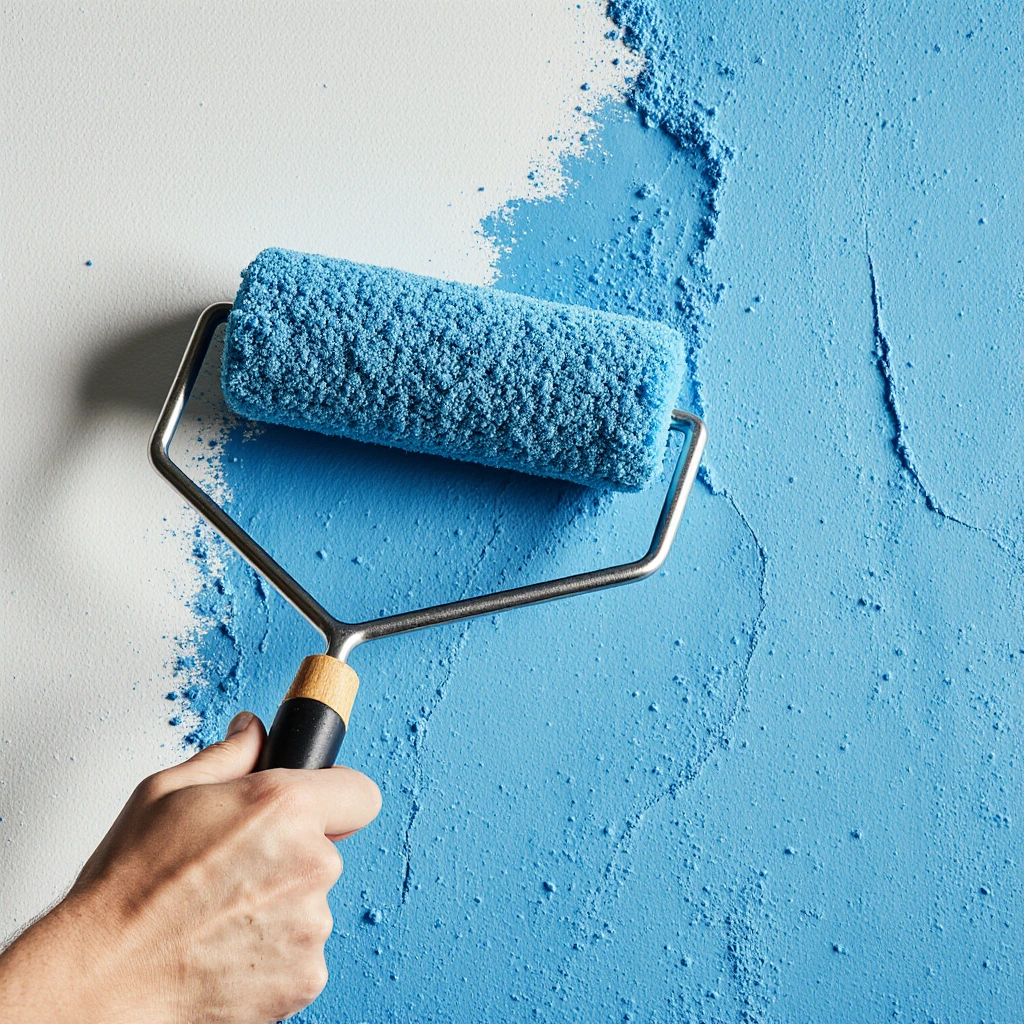
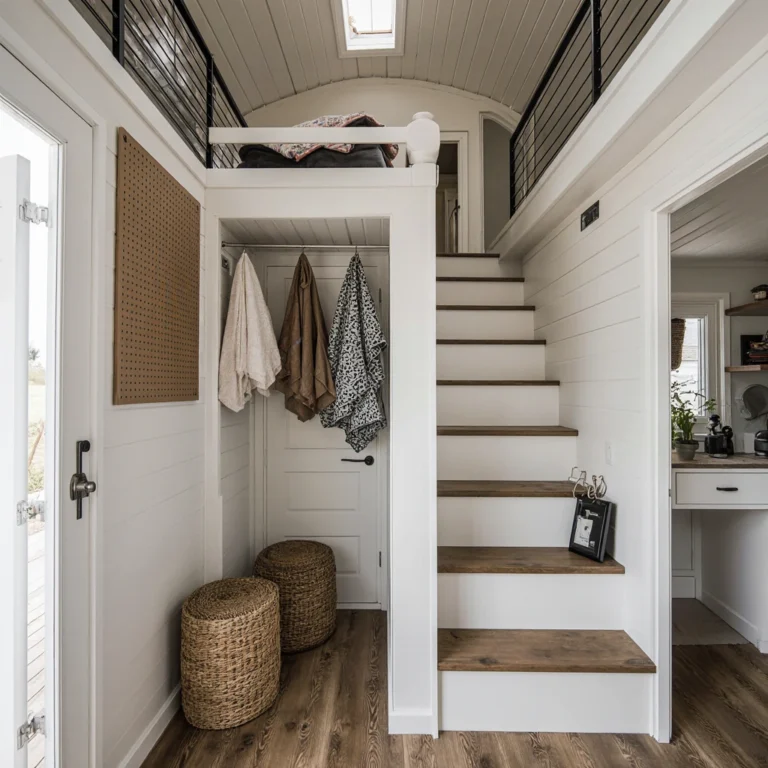
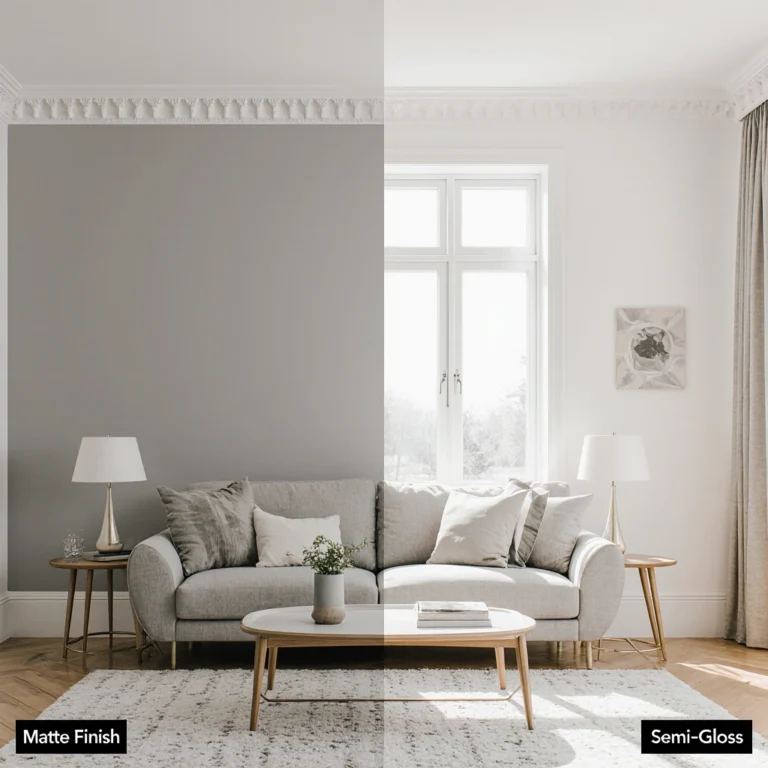
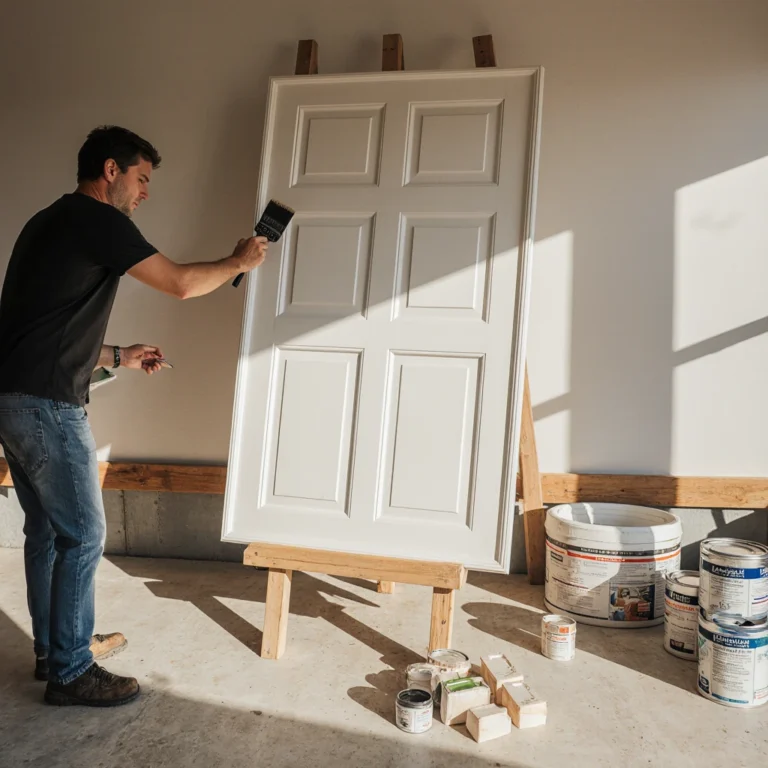
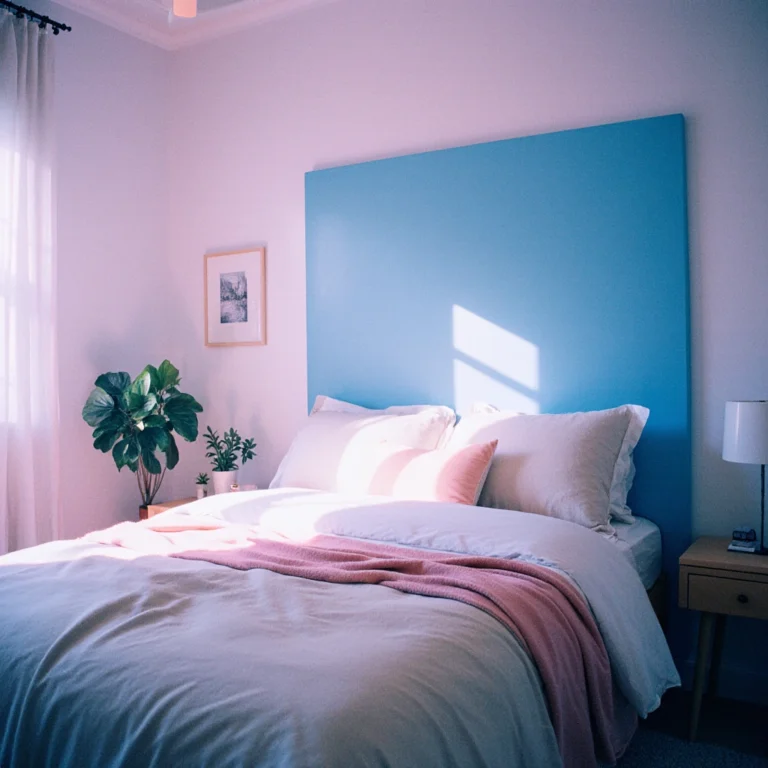
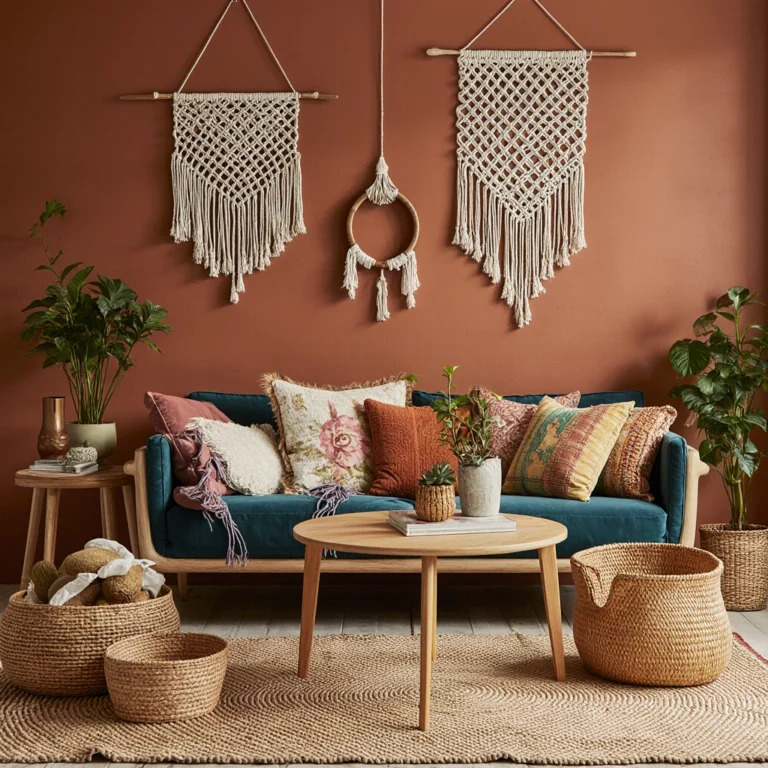
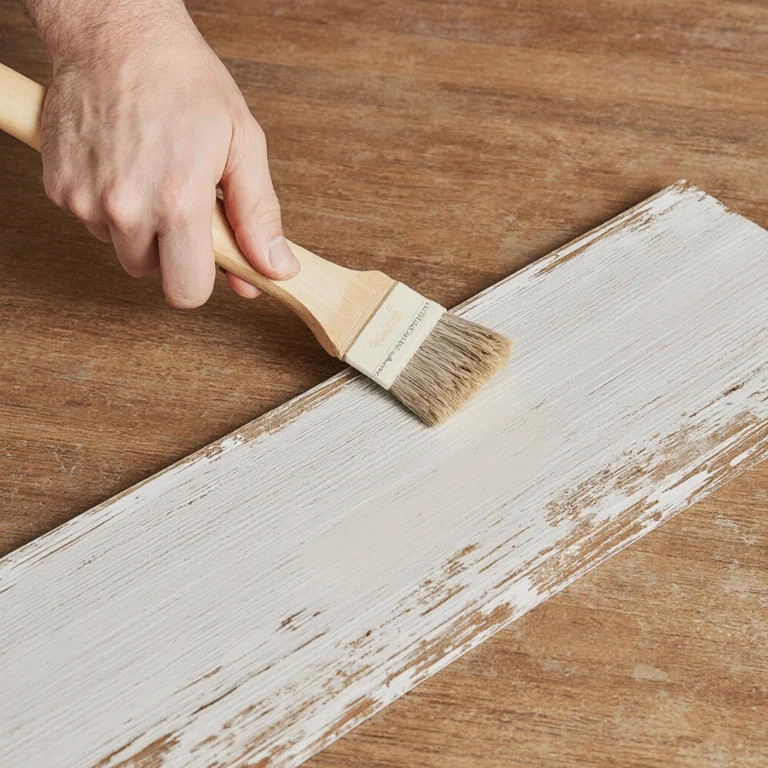
2 Comments
Comments are closed.